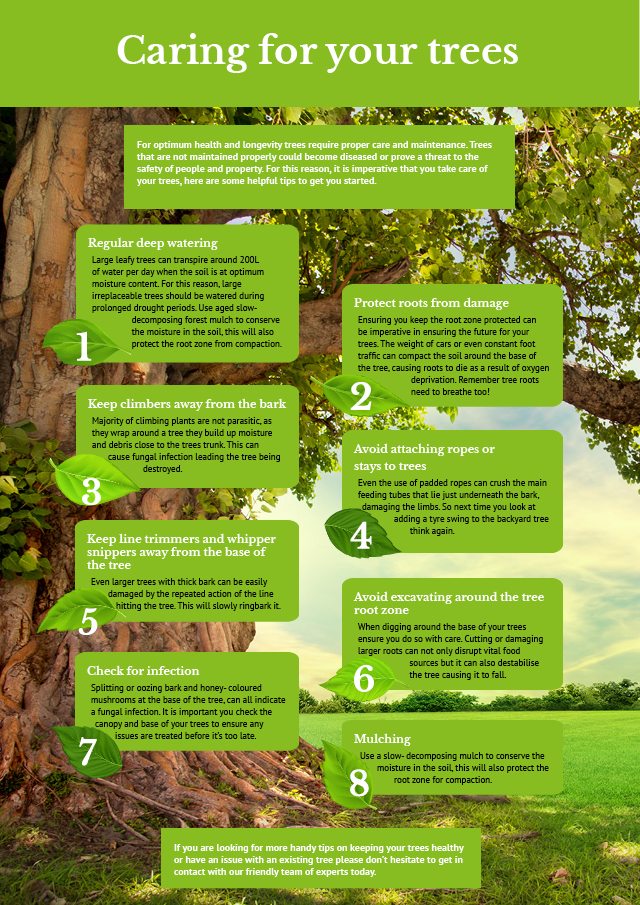Indicators It's Time For Tree Elimination: Just How To Identify Unsafe Trees
Indicators It's Time For Tree Elimination: Just How To Identify Unsafe Trees
Blog Article
Oak Tree Trimming By-Troelsen Aagaard
When it comes to tree care, acknowledging the signs that it's time for elimination is necessary for your security and home. https://www.5280.com/2019/03/how-to-love-your-landscape/ might discover blemished leaves, wilting branches, or strange fungal developments showing health issue. Structural problems, like a substantial lean or cracks in the trunk, can additionally pose risks. Comprehending these warning signs can help you make notified decisions about your trees and prevent possible risks hiding in your yard. What should you look for next?
Indicators of Degeneration and Condition
When you discover indications of degeneration and illness in your trees, it's critical to act swiftly. Search for blemished leaves, wilting branches, or uncommon developments like fungi. These can indicate that your tree is having a hard time.
If you see splits in the bark or soft, mushy wood, these signs suggest inner degeneration. Additionally, an unexpected increase in pests around your tree can signify that it's compromised and prone.
Look for any dead or passing away limbs, as they position a threat to your home and safety. If you doubt about what you see, consulting an arborist can offer clearness.
Addressing these indications early can conserve you from a lot more substantial damages and make sure the wellness of your backyard. Don't wait up until it's too late.
Structural Instability and Leaning
As you observe your trees, watch out for any type of indicators of structural instability or leaning. If a tree leans considerably, it might show that the origin system is jeopardized.
Try to find any kind of splits in the trunk or soil around the base; these can indicate prospective failing. In addition, look for unusual development patterns, like an unbalanced crown, which might suggest that the tree is struggling to hold itself upright.
If you notice that the tree leans toward your home, power lines, or other frameworks, it poses a better risk. Don't ignore these indicators-- speak with an arborist to evaluate the situation.
Doing something about it early can avoid expensive damage and guarantee your safety and security.
Dead or Perishing Branches and Foliage
If you discover dead or passing away branches and vegetation on your tree, it's a clear indicator that something's incorrect.
These unhealthy locations can suggest underlying problems like illness, insect invasions, or ecological stress. When branches shed their leaves or turn brownish, they're no longer adding to the tree's wellness. Ignoring these indicators can bring about additional decline, making your tree much more hazardous.
Dead branches can quickly break off during storms, posing a threat to residential property and people nearby. It's essential to evaluate the degree of the damage.
If the problem influences a substantial part of the tree, consider seeking advice from a specialist. They can help identify if elimination is needed to make certain safety and security and keep the appeal of your landscape.
Verdict
If you discover any kind of indicators of degeneration, architectural instability, or dead branches on your trees, don't disregard them. These indications can pose significant safety threats to you and your residential or commercial property. It's constantly best to speak with a professional arborist who can supply a specialist assessment of your trees. Taking action early can protect against mishaps and expensive damage, guaranteeing your landscape remains secure and healthy and balanced. Remember, it's far better to be positive about tree treatment than to await a disaster to occur.
